
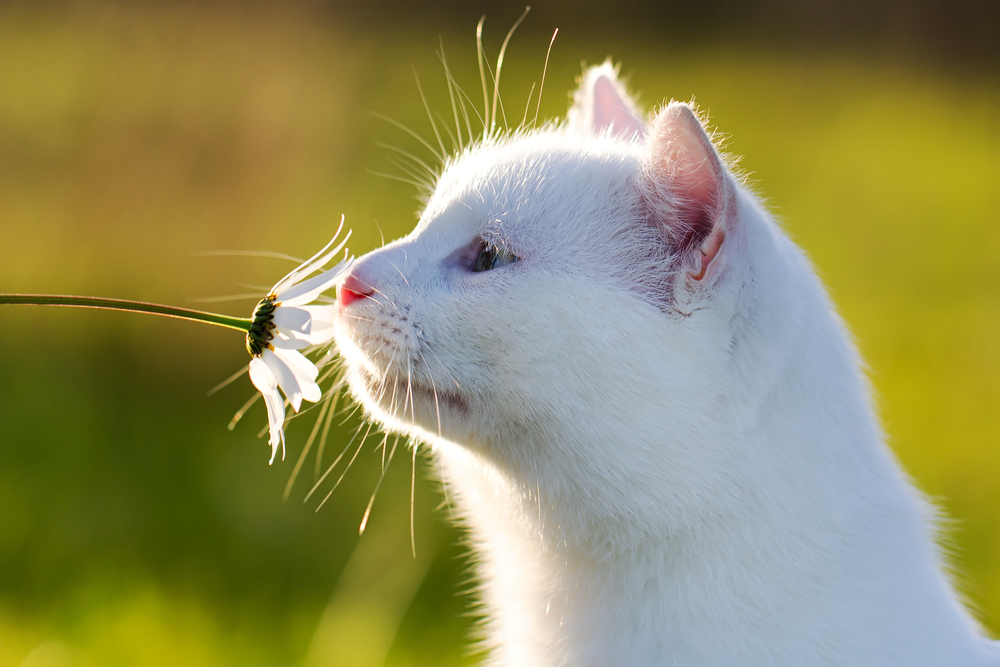
One of the most toxic household plants for cats is the common lily. In fact, eating as little as two or three leaves from the flowers can result in liver failure and, if left untreated, can have a fatal outcome for cats. Lilies are a widely used houseplant, with 10 to 11 million plants produced annually within the United States. Some of the most common lilies are Easter lilies, Tiger lilies, Japanese show lilies, Rubrum lilies, and Day lilies.
One of the most immediate symptoms of lily poisoning is the sudden onset of vomiting. In addition, cats that are experiencing lily poisoning will often exhibit signs of depression, diarrhea, dehydration, and lack of appetite (anorexia). If the condition is left untreated, death can occur within four to seven days of ingestion (sooner if the cat consumes a larger amount of the plant).
Ingesting any plant in the lily family can result in poisoning. However, the Lilium and Hemerocallis genera lilies are the most dangerous for cats. Eating even a small amount of the plant will have a severe impact on a cat's system.
If possible, you will need to take a sample of the plant that was ingested along to the veterinarian when you take your cat for treatment. If you suspect anything else in your home of being the cause for the toxic reaction you should take that as well. This will make your veterinarian's ability to diagnose the reaction that much easier, and treatment can be prescribed swiftly, minimizing the probability of long-term organ damage. Some common issues that may be discovered during your cat's physical examination include swollen kidneys, fluid buildup (edema), and possibly an empty gut (gastrointestinal tract).
One treatment option is to flush the stomach. This will remove any remaining portions of the toxic agent – in this case, the plant material. In some cases, activated charcoal for neutralizing the toxin can be used to assist in this process.
Intravenous (IV) fluid therapy will be given to help prevent kidney failure. This is often continued for a period of 24 hours following ingestion of the plant. If your cat's kidney has already failed to operate normally, dialysis will be the only treatment option.
One of the most pressing medical issues that can affect your cat is dehydration. Lack of body fluids can quickly become a life-threatening condition, so an important part of the healing process is close observation of fluid intake.
To prevent ingestion of this toxic plant, keep all lily plants out of reach of your cat. Also, if your cat(s) are kept indoors, it might be best to keep your lily plants outside.
Image: DragoNika via Shutterstock
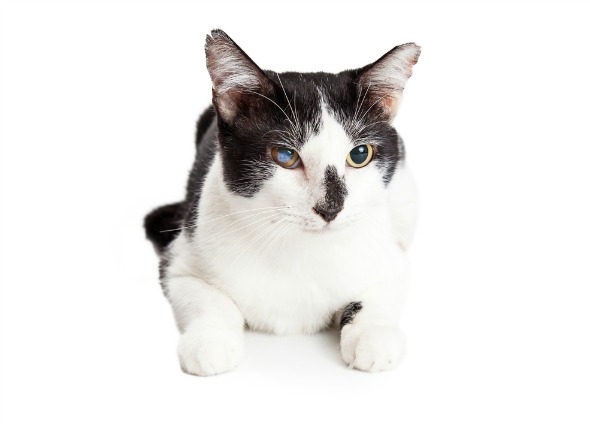 Blind Quiet Eye in Cats
If your cat has loss of vision in one or both eye
Blind Quiet Eye in Cats
If your cat has loss of vision in one or both eye
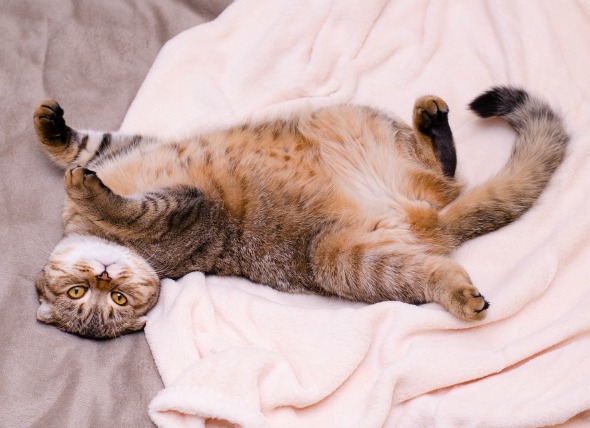 Painful Abdomen in Cats
Peritonitis in Cats
Acute pain in the abdomen due
Painful Abdomen in Cats
Peritonitis in Cats
Acute pain in the abdomen due
 Understanding White Cat Breeds
There is something sophistic
Understanding White Cat Breeds
There is something sophistic
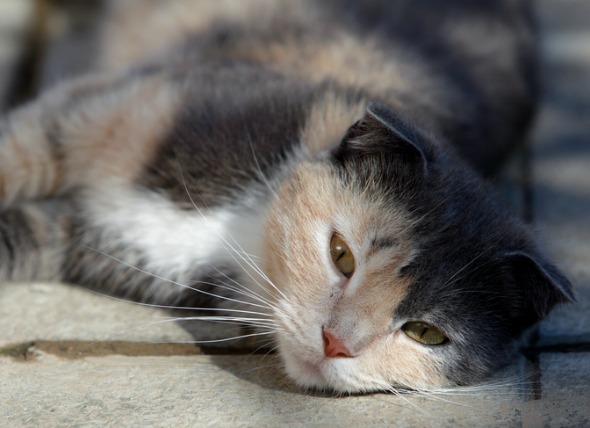 Liver Disease in Cats
Copper Storage Hepatopathy in Cats
Copper storage
Liver Disease in Cats
Copper Storage Hepatopathy in Cats
Copper storage
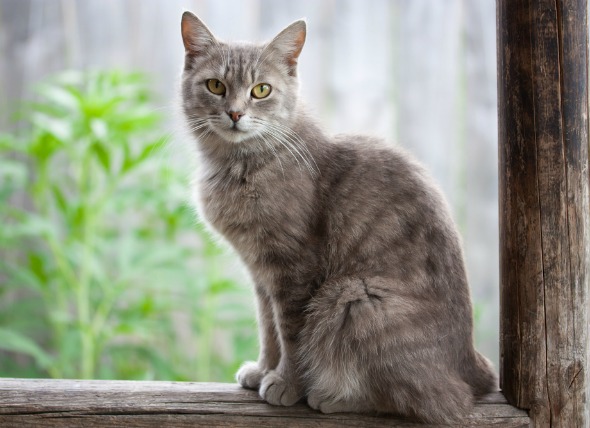 Scaly Skin in Cats
Exfoliative Dermatoses in Cats
Exfoliative dermat
Scaly Skin in Cats
Exfoliative Dermatoses in Cats
Exfoliative dermat
Copyright © 2005-2016 Pet Information All Rights Reserved
Contact us: www162date@outlook.com